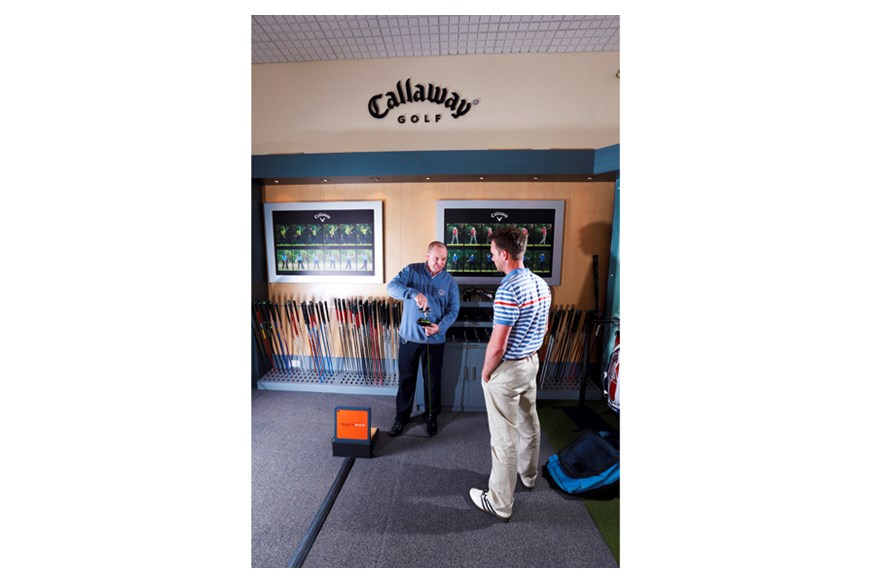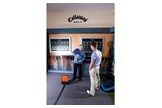Give your clubs an MOT
Last updated:
So many golfers turn up to the club with a set of clubs that are the equivalent of a 20-year-old Lada that would have zero chance of passing an MOT. If you’re going to get the best out of your golf, it’s essential that your clubs are in good running order – fit for you and fit for purpose.
Your PGA pro can take you through this process logically and thoroughly. Remember, having clubs that fit you correctly will enhance your golf and the enjoyment you get from the game no matter what your ability is.
1. Find the right lie
I believe the lie of the club is the most significant when it comes to the effect it has on a golfer’s swing. This is the angle between the shaft and the sole or leading edge of the clubhead. Your PGA pro has the technology to ensure the lie of your irons is appropriate for your physique and swing; a launch monitor can help them assess how your club is affecting your ball flight and impact tape and a lie board will show if the club’s lie is appropriate to your height and proportions. Most iron heads can be adjusted these days. It’s not expensive to do this for your current set, and it should be part of the purchase price when buying new.
2. Get to grips with it
To drive a car with bald tyres is a crime and to a lesser extent, playing golf with slippery grips is equally irresponsible. Shiny grips force a golfer to grip the club too tightly, which leads to stiff wrists, tense forearms and erratic swing tempo. Nowadays there is a huge choice of grip compounds to suit all weather conditions. Whereas in the old days I would use extra layers of tape to thicken a grip, I can now offer a wide selection of varying grip size. Layers of tape would detract from the feel of a club, but modern oversize grips feel and perform far better.
3. Don’t get shafted
Different shafts perform differently with different weights and type of head, so in a custom fit session your pro can measure ball speed, clubhead speed, launch angle, spin rate and many other factors that dictate performance to determine which shafts work best for you and your clubheads. Ask your pro to measure your stats with your current set; then see if he can give you a combination of shaft and clubhead that improves your distance and shot dispersion.
4. Use your head
Choosing a cast iron club or a forged one is generally a mixture of preference and ability, and you can always use trial clubs to see if they make a difference. Your pro can also “gap test” your clubs to check that the loft of your irons is correctly graduated.
Why a fitting is vital
So often I hear golfers say they will invest in bespoke clubs when they become better. That’s a bit like offering a small child an adult sized racing bike and saying they can have one that fits when they’ve learned to ride it! At the outset of learning golf it’s absolutely essential to use clubs that are measured to suit your physique. Your PGA pro will be more than happy to advise you about this; it should be an essential part of any lesson and is usually free with any purchase of clubs.



